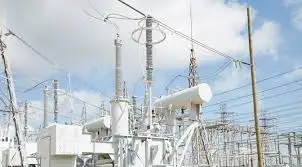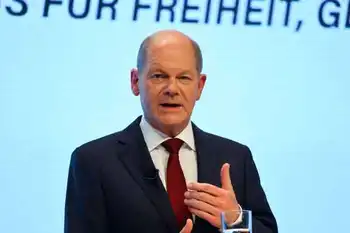Canadian power cable wonÂ’t reach Connecticut
By Middletown Press
Protective Relay Training - Basic
Our customized live online or in‑person group training can be delivered to your staff at your location.

- Live Online
- 12 hours Instructor-led
- Group Training Available
Transmission Developers Inc. announced it is abandoning the portion of the route that would have gone from New York City to Bridgeport Harbor.
The announcement came from Donald Jessome, president and chief executive officer of TDI, at City Hall during the first of seven hearings on the projectÂ’s potential environmental impact.
“The market has spoken,” Jessome said, explaining that the power generators that will pay to build the so-called Champlain Hudson Power Express found selling their electricity in the New York City marketplace more lucrative than selling it in Connecticut.
Scrapping the Connecticut leg of the project will reduce the cost of the project from $3.8 billion to $1.9 billion, the length of the line from 420 miles to 355, and the amount of electricity transported on it from 2,000 megawatts to 1,000 megawatts, Jessome said.
But the timetable for completion, he said, remains some time in 2015.
The project will begin in southern Quebec and enter the United States with high-voltage direct-current cables buried underneath the Richelieu River, which flows from the north end of Lake Champlain. The cables will be buried along the entire length of Lake Champlain.
A portion of the cable in upstate New York, near Albany, will be buried along a railroad right of way, before going back underwater in the Hudson River. With the Connecticut leg of the project being eliminated, the line will end in Yonkers, N.Y.
The hearing on the project, which was conducted by the U.S. Department of Energy, was attended by fewer than a dozen people.
No one spoke during the public comment portion of the meeting.
Because the line is crossing into the United States from Canada, it needs a special permit, said Jerry Pell, an environmental scientist with the Department of Energy, who was chairman of the hearing.
A representative of Save the Sound, a program of the Connecticut Fund for the Environment, said TDIÂ’s decision illustrates the need for a two-state body charged with coordinating long-term planning and protection of Long Island Sound.
“This project is yet another in a long line of projects.... This was the seventh Long Island Sound energy proposal in fewer than 10 years,” said Leah Schmalz, director of legislative and legal affairs for Save the Sound.
“While, thankfully, we may never need detailed investigation of an environmental-impact statement, nor the rigorous inquiry of independent scientists on the Sound portion of the Champlain Hudson project, we can be sure that we will face another... energy inquiry in future years.”











